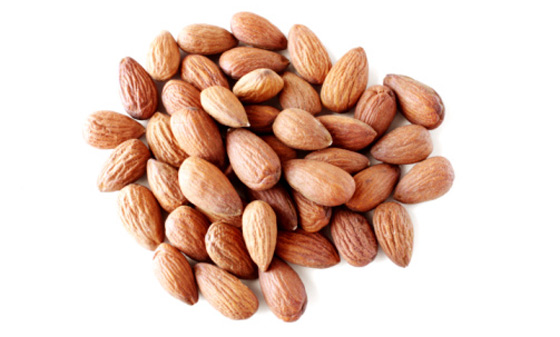By David Colburn
Staff Writer
Consider the routine trip to the grocery store. What does one notice as one wanders down the air-conditioned, Muzak-enriched aisles? Beyond the oddly comforting ambience of it all, another observation soon emerges: for every “standard” food item, there are dozens of “substitutes”. Everything from meat to cheese to butter has a parallel product in response to allergenic, ethical and general health concerns. One of the most intriguing, and equally accessible, items found amidst the tightly arranged array of creams and spreads and beverages is known simply as almond milk.
According to ehow.com, almond milk is a lactose and cholesterol-free beverage essentially composed of non-bitter ground almonds and water. Blue Diamond Almond Breeze, Silk Pure Almond, and Almond Dream are among the most popular commercial brands on the market, offered in a variety of flavors and fortified with vitamins.
The beverage’s history dates back to the medieval period. With no refrigeration, cow milk tended to spoil quickly; almond milk served as a sensible solution to the dairy dilemma.
Apart from the allergenic advantages, almond milk contains a wide range of nutritional benefits. According to livestrong.com, many commercial brands serve as adequate sources of calcium, Vitamin D, and Vitamin E; although there are variations from brand to brand, daily values per cup (% DV) are 30%, 25%, and 50%, respectively.
Almond milk is also considerably low in fat (Almond Breeze-brand almond milk contains two-and-a-half grams per serving) and absent in saturated fat. Although almond milk only contains one gram of protein per cup, roughly two percent of the daily value, brighthub.com states that it is a sufficient source of Vitamin B2, “which is important for healthy metabolism and iron absorption”. Manganese, magnesium, tryptophan, and copper also strive in the nutritional essence of almond milk.
Vitamins and minerals galore. How does it all compare to cow milk? As confirmed by Nutritiondata.com, there are different nutritional qualities for each product. A cup of two percent reduced fat milk contains roughly the same amount of calcium (29% DV), but much more protein (eight grams), and no Vitamin E. Fat content undeniably serves as one of the largest distinctions; according to Livestrong.com, an eight ounce serving of two-percent reduced fat milk contains five grams of fat and three grams of saturated fat.
Brighthub.com confirms that the nutritional values for home-made and commercial almond milk vary somewhat dramatically. An eight ounce serving of home-made almond milk contains six grams of protein, ten grams of mostly monounsaturated fat, six carbohydrates and four grams of fiber. Such values will be helpful if one needs to lower cholesterol and obtain antioxidants.
Armed with an arsenal of knowledge, one has a new choice. Upon the next routine shopping trip, one can branch out, spend a bit more money, and decide whether almond milk is a beverage worth consuming.
For additional information on preparing home-made almond milk: http://www.instructables.com/id/How-to-Milk-an-Almond-fresh-homemade-almond-milk/




